All papers that have not been peer-reviewed will not appear here, including preprints. You can access my all of papers at 🔗Google Scholar.
2025

Meta-learning Based CTR Algorithm Selection and Hyperparameter Optimization
Chunnan Wang, Junzhe Wang, Xiang Chen, Xintong Song, Tianyu Mu, Hongzhi Wang
IEEE 41st International Conference on Data Engineering (ICDE) 2025 CCF-A
The existing Click-Through Rate (CTR) algorithms have their own advantages and are sensitive to hyperparameters. Quickly obtaining a high-performance CTR model for a new task can bring good application effects. However, ordinary users fail to do so due to the lack of domain knowledge. In this paper, we remedy this deficiency by proposing AutoCTR, an efficient meta-learning based Combined Algorithm Selection and Hyperparameter Optimization (CASH) algorithm, to help non-expert users quickly find the best CTR model. In AutoCTR, we introduce the meta-learning technique to make full use of the meta-information w.r.t. CTR to guide for the new CTR task. Specifically, we utilize the meta-information to learn characteristics and representations of CTR algorithms with different settings. We use these meta experiences combined with few evaluation information on the target CTR dataset to efficiently exploring the huge CTR CASH search space for the new task. The CTR model representation method has significant influence on the quality of the learned meta experiences. To further enhance the quality, we also design a Graph Neural Network (GNN) based embedding learning method. This method can link different CTR models through their components, and thus quickly learning higher-quality model representations. Extensive experimental results show that AutoCTR can quickly select suitable CTR models for different CTR tasks. Compared with the existing CASH algorithms, which ignore meta-information or rely on a huge amount of meta-information, AutoCTR is more reasonable and efficient.
Meta-learning Based CTR Algorithm Selection and Hyperparameter Optimization
Chunnan Wang, Junzhe Wang, Xiang Chen, Xintong Song, Tianyu Mu, Hongzhi Wang
IEEE 41st International Conference on Data Engineering (ICDE) 2025 CCF-A
The existing Click-Through Rate (CTR) algorithms have their own advantages and are sensitive to hyperparameters. Quickly obtaining a high-performance CTR model for a new task can bring good application effects. However, ordinary users fail to do so due to the lack of domain knowledge. In this paper, we remedy this deficiency by proposing AutoCTR, an efficient meta-learning based Combined Algorithm Selection and Hyperparameter Optimization (CASH) algorithm, to help non-expert users quickly find the best CTR model. In AutoCTR, we introduce the meta-learning technique to make full use of the meta-information w.r.t. CTR to guide for the new CTR task. Specifically, we utilize the meta-information to learn characteristics and representations of CTR algorithms with different settings. We use these meta experiences combined with few evaluation information on the target CTR dataset to efficiently exploring the huge CTR CASH search space for the new task. The CTR model representation method has significant influence on the quality of the learned meta experiences. To further enhance the quality, we also design a Graph Neural Network (GNN) based embedding learning method. This method can link different CTR models through their components, and thus quickly learning higher-quality model representations. Extensive experimental results show that AutoCTR can quickly select suitable CTR models for different CTR tasks. Compared with the existing CASH algorithms, which ignore meta-information or rely on a huge amount of meta-information, AutoCTR is more reasonable and efficient.
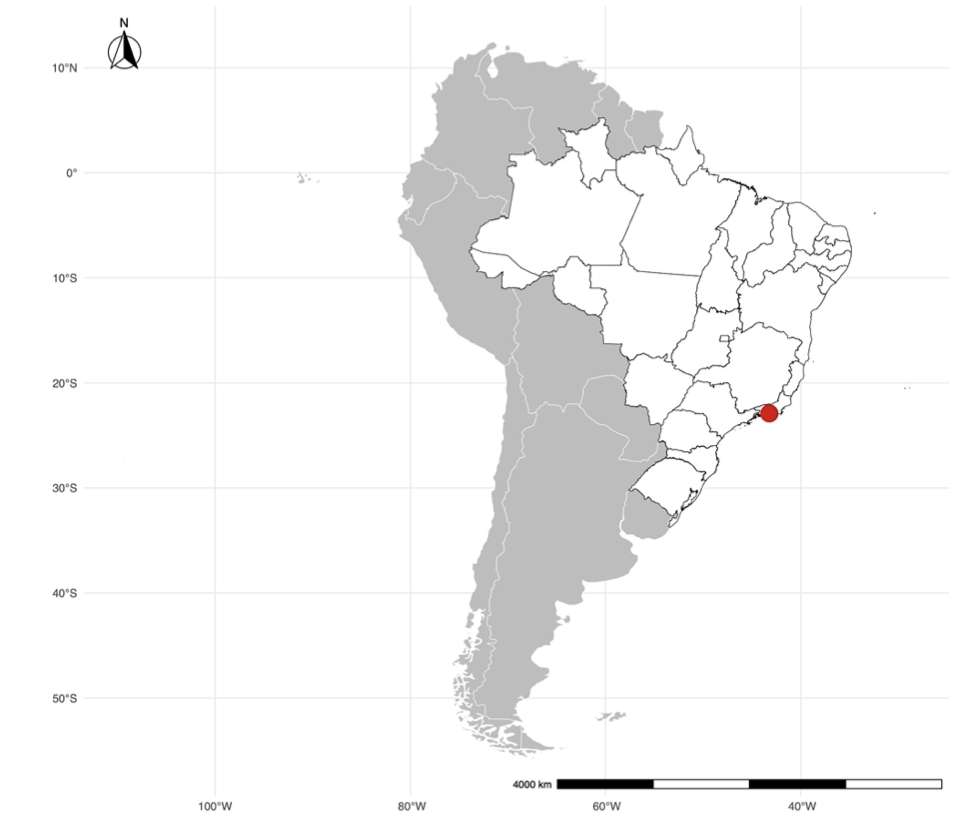
Assessing dengue forecasting methods: A comparative study of statistical models and machine learning techniques in Rio de Janeiro, Brazil
Tropical Medicine and Health 2025 SCI Q1
This study demonstrates the strengths and limitations of various methods for dengue forecasting across multiple timeframes. It highlights the best-performing statistical and machine learning methods, including their computational efficiency, underscoring the significance of machine learning techniques and the integration of climate covariates to improve forecasts. These findings offer valuable insights for public health officials, facilitating the development of dengue surveillance systems for more accurate forecasting and timely allocation of resources to mitigate dengue outbreaks.
Assessing dengue forecasting methods: A comparative study of statistical models and machine learning techniques in Rio de Janeiro, Brazil
Tropical Medicine and Health 2025 SCI Q1
This study demonstrates the strengths and limitations of various methods for dengue forecasting across multiple timeframes. It highlights the best-performing statistical and machine learning methods, including their computational efficiency, underscoring the significance of machine learning techniques and the integration of climate covariates to improve forecasts. These findings offer valuable insights for public health officials, facilitating the development of dengue surveillance systems for more accurate forecasting and timely allocation of resources to mitigate dengue outbreaks.
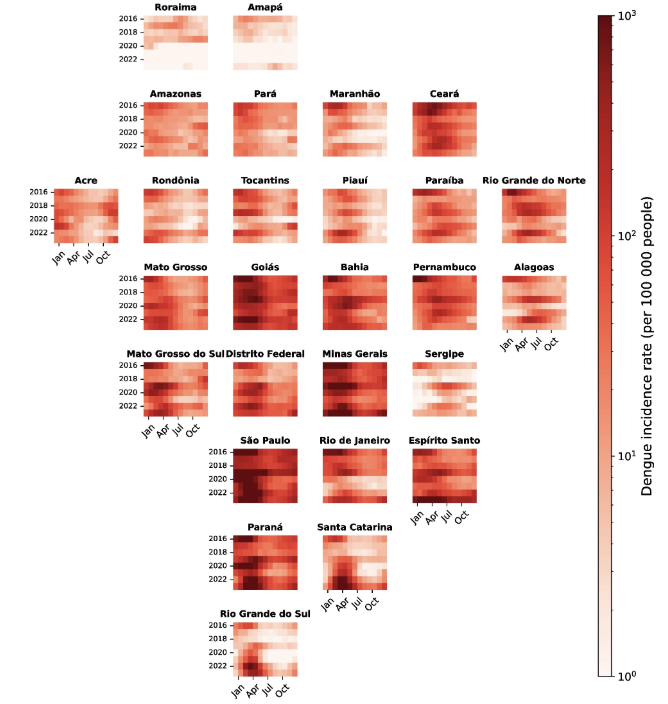
Forecasting dengue across Brazil with LSTM neural networks and SHAP-driven lagged climate and spatial effects
BMC Public Health 2025 SCI Q1
This study presents a scalable and robust framework for dengue forecasting across Brazil, effectively integrating temporal, climatic, and spatial information into an LSTM-based model. The model’s successful application across Brazil’s diverse regions demonstrates its generalizability to other dengue-endemic areas with varying climatic and epidemiological conditions. By integrating diverse data sources, the framework captures key transmission drivers, demonstrating the potential of LSTM neural networks for robust predictions. These findings provide valuable insights to enhance public health strategies and outbreak preparedness in Brazil.
Forecasting dengue across Brazil with LSTM neural networks and SHAP-driven lagged climate and spatial effects
BMC Public Health 2025 SCI Q1
This study presents a scalable and robust framework for dengue forecasting across Brazil, effectively integrating temporal, climatic, and spatial information into an LSTM-based model. The model’s successful application across Brazil’s diverse regions demonstrates its generalizability to other dengue-endemic areas with varying climatic and epidemiological conditions. By integrating diverse data sources, the framework captures key transmission drivers, demonstrating the potential of LSTM neural networks for robust predictions. These findings provide valuable insights to enhance public health strategies and outbreak preparedness in Brazil.
2023
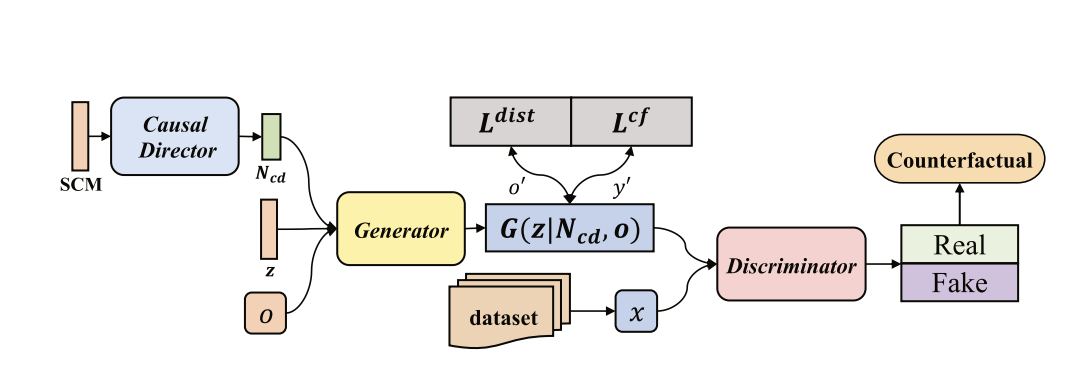
CUBE: Causal Intervention-Based Counterfactual Explanation for Prediction Models
Xinyue Shao, Hongzhi Wang, Xiang Chen, Xiao Zhu, Yan Zhang
IEEE Transactions on Knowledge and Data Engineering (TKDE) 2023 SCI Q1
Recent several years have witnessed the rapid explosion of artificial intelligence applied in various domains with the surpassing human-level performance. Despite the success, these models’ underlying mechanisms remain a mystery, as their complicated representations make human understanding impossible. This mystery may cause discrimination and non-robustness in prediction. Making deep learning models more transparent and understandable is gaining popularity, but most of interpretation approaches provide spurious correlations leading to suboptimal, incorrect or even biased interpretations, which could be reduced by causal explanations. Motivated by this, we attempt to study the generation of causal explanations and propose CUBE, a causal intervention-based counterfactual interpretation method. To ensure that the generation process of counterfactual explanation conforms to causality, we model the counterfactual generation process as a causal graph and construct a counterfactual generation model based on the causal intervention; to generate counterfactuals that adhere to the causality, we introduce a causal director to capture the causal relationships in the distribution and guide the generation of counterfactuals; to improve the efficiency of the counterfactual generation when facing a large number of explanation queries, we model it as a sample generation problem and propose an explainable framework based on adversarial generation. The experimental results validate that CUBE outperforms other approaches in terms of both lower time costs and higher explanation quality.
CUBE: Causal Intervention-Based Counterfactual Explanation for Prediction Models
Xinyue Shao, Hongzhi Wang, Xiang Chen, Xiao Zhu, Yan Zhang
IEEE Transactions on Knowledge and Data Engineering (TKDE) 2023 SCI Q1
Recent several years have witnessed the rapid explosion of artificial intelligence applied in various domains with the surpassing human-level performance. Despite the success, these models’ underlying mechanisms remain a mystery, as their complicated representations make human understanding impossible. This mystery may cause discrimination and non-robustness in prediction. Making deep learning models more transparent and understandable is gaining popularity, but most of interpretation approaches provide spurious correlations leading to suboptimal, incorrect or even biased interpretations, which could be reduced by causal explanations. Motivated by this, we attempt to study the generation of causal explanations and propose CUBE, a causal intervention-based counterfactual interpretation method. To ensure that the generation process of counterfactual explanation conforms to causality, we model the counterfactual generation process as a causal graph and construct a counterfactual generation model based on the causal intervention; to generate counterfactuals that adhere to the causality, we introduce a causal director to capture the causal relationships in the distribution and guide the generation of counterfactuals; to improve the efficiency of the counterfactual generation when facing a large number of explanation queries, we model it as a sample generation problem and propose an explainable framework based on adversarial generation. The experimental results validate that CUBE outperforms other approaches in terms of both lower time costs and higher explanation quality.
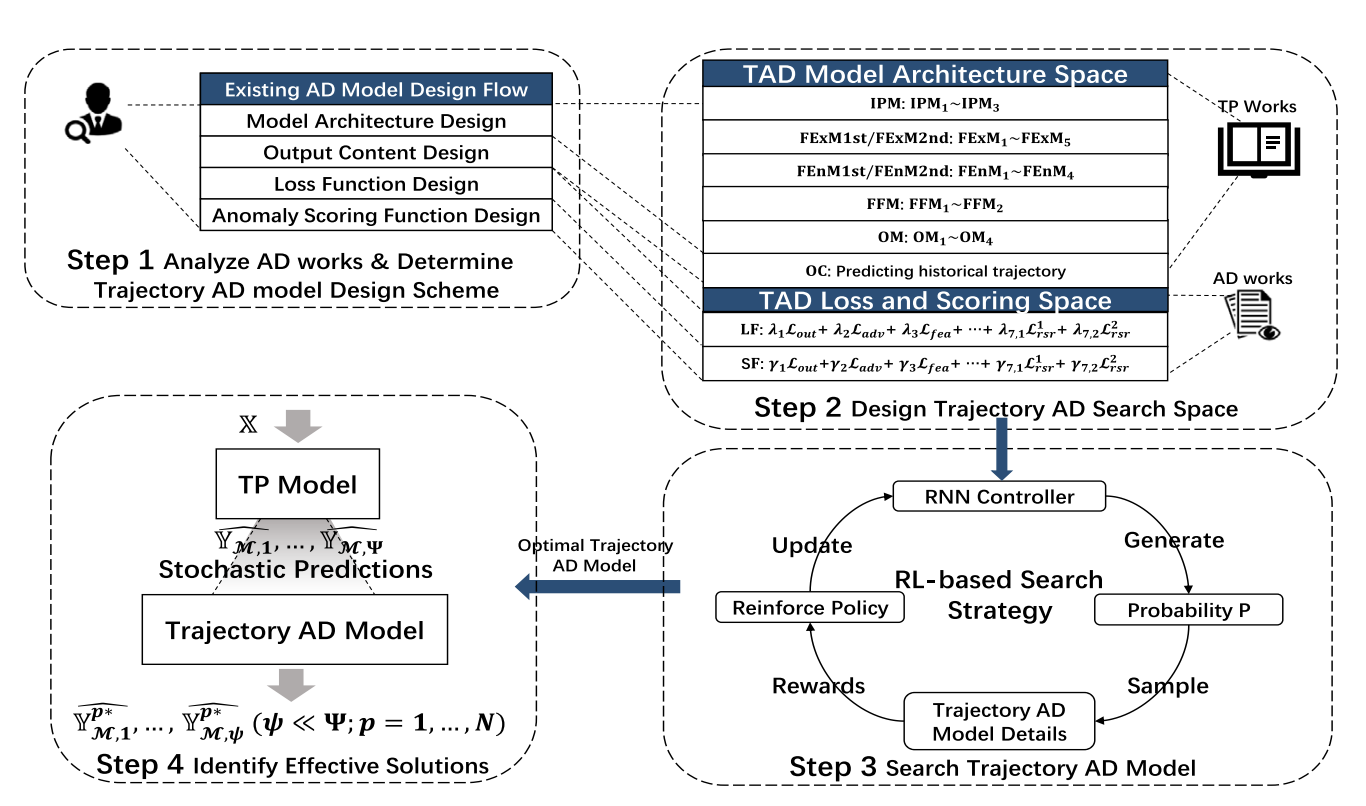
Identifying effective trajectory predictions under the guidance of trajectory anomaly detection model
Chunnan Wang, Liang Chen, Xiang Chen, Hongzhi Wang
Pattern Recognition 2023 SCI Q1
Trajectory Prediction (TP) is an important research topic in computer vision and robotics fields. Recently, many stochastic TP models have been proposed to deal with this problem and have achieved better performance than the traditional models with deterministic trajectory outputs. However, these stochastic models can generate a number of future trajectories with different qualities. They are lack of self-evaluation ability, that is, to examine the rationality of their prediction results, thus failing to guide users to identify high-quality ones from their candidate results. This hinders them from playing their best in real applications. In this paper, we make up for this defect and propose TPAD, a novel TP evaluation method based on the trajectory Anomaly Detection (AD) technique. In TPAD, we firstly combine the Automated Machine Learning (AutoML) technique and the experience in the AD and TP field to automatically...
Identifying effective trajectory predictions under the guidance of trajectory anomaly detection model
Chunnan Wang, Liang Chen, Xiang Chen, Hongzhi Wang
Pattern Recognition 2023 SCI Q1
Trajectory Prediction (TP) is an important research topic in computer vision and robotics fields. Recently, many stochastic TP models have been proposed to deal with this problem and have achieved better performance than the traditional models with deterministic trajectory outputs. However, these stochastic models can generate a number of future trajectories with different qualities. They are lack of self-evaluation ability, that is, to examine the rationality of their prediction results, thus failing to guide users to identify high-quality ones from their candidate results. This hinders them from playing their best in real applications. In this paper, we make up for this defect and propose TPAD, a novel TP evaluation method based on the trajectory Anomaly Detection (AD) technique. In TPAD, we firstly combine the Automated Machine Learning (AutoML) technique and the experience in the AD and TP field to automatically...
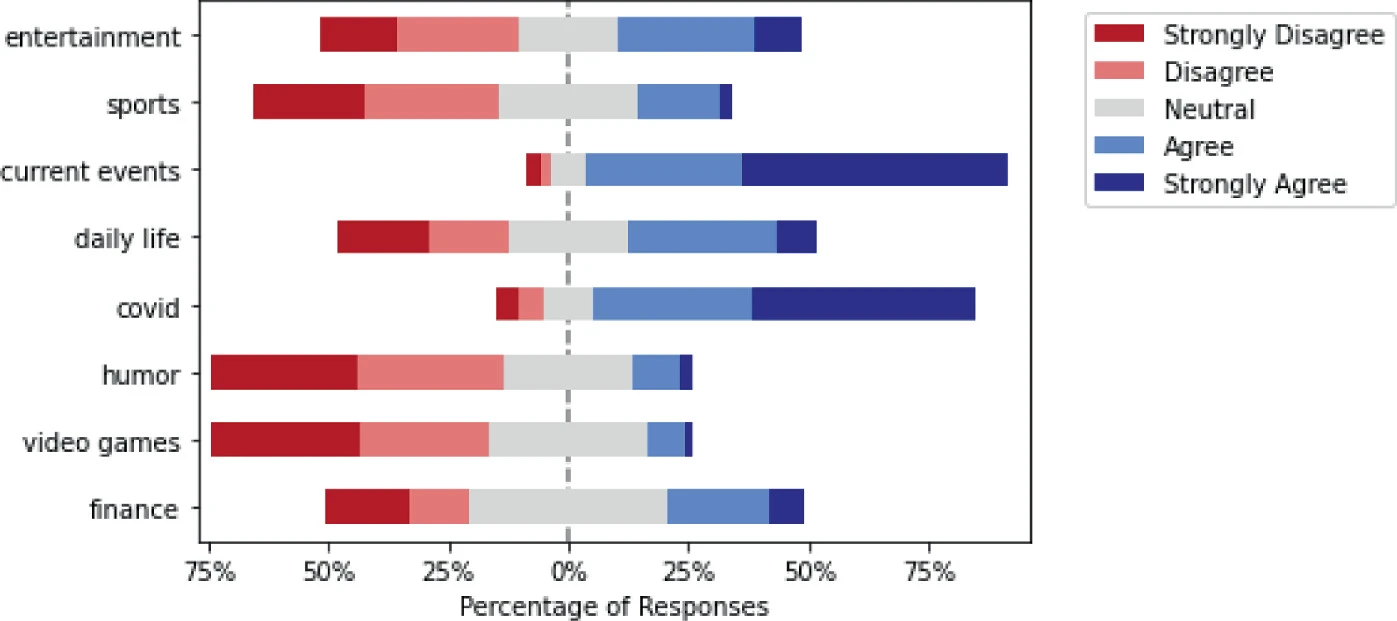
How We Express Ourselves Freely: Censorship, Self-censorship, and Anti-censorship on a Chinese Social Media
Xiang Chen, Jiamu Xie, Zixin Wang, Bohui Shen, Zhixuan Zhou
iConference 2023
Censorship, anti-censorship, and self-censorship in an authoritarian regime have been extensively studies, yet the relationship between these intertwined factors is not well understood. In this paper, we report results of a large-scale survey study with Sina Weibo users toward bridging this research gap. Through descriptive statistics, correlation analysis, and regression analysis, we uncover how users are being censored, how and why they conduct self-censorship on different topics and in different scenarios (i.e., post, repost, and comment), and their various anti-censorship strategies. We further identify the metrics of censorship and self-censorship, find the influence factors, and construct a mediation model to measure their relationship. Based on these findings, we discuss implications for democratic social media design and future censorship research.
How We Express Ourselves Freely: Censorship, Self-censorship, and Anti-censorship on a Chinese Social Media
Xiang Chen, Jiamu Xie, Zixin Wang, Bohui Shen, Zhixuan Zhou
iConference 2023
Censorship, anti-censorship, and self-censorship in an authoritarian regime have been extensively studies, yet the relationship between these intertwined factors is not well understood. In this paper, we report results of a large-scale survey study with Sina Weibo users toward bridging this research gap. Through descriptive statistics, correlation analysis, and regression analysis, we uncover how users are being censored, how and why they conduct self-censorship on different topics and in different scenarios (i.e., post, repost, and comment), and their various anti-censorship strategies. We further identify the metrics of censorship and self-censorship, find the influence factors, and construct a mediation model to measure their relationship. Based on these findings, we discuss implications for democratic social media design and future censorship research.
2022
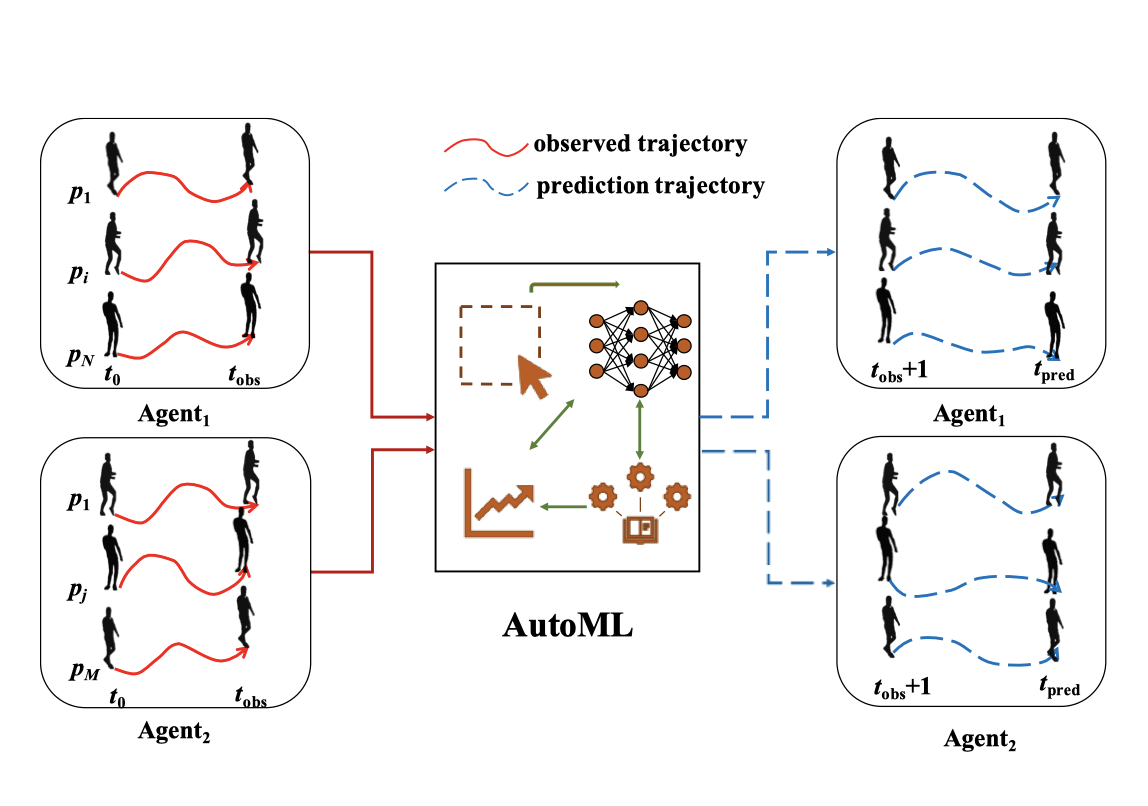
ATPFL: Automatic Trajectory Prediction Model Design Under Federated Learning Framework
Chunnan Wang, Xiang Chen, Junzhe Wang, Hongzhi Wang
Conference on Computer Vision and Pattern Recognition (CVPR 2022) 2022 CCF-A
Although the Trajectory Prediction (TP) model has achieved great success in computer vision and robotics fields, its architecture and training scheme design rely on heavy manual work and domain knowledge, which is not friendly to common users. Besides, the existing works ignore Federated Learning (FL) scenarios, failing to make full use of distributed multi-source datasets with rich actual scenes to learn more a powerful TP model. In this paper, we make up for the above defects and propose ATPFL to help users federate multi-source trajectory datasets to automatically design and train a powerful TP model. In ATPFL, we build an effective TP search space by analyzing and summarizing the existing works. Then, based on the characters of this search space, we design a relation-sequence-aware search strategy, realizing the automatic design of the TP model. Finally, we find appropriate federated training methods to respectively support the TP model search and final model training under the FL framework, ensuring both the search efficiency and the final model performance. Extensive experimental results show that ATPFL can help users gain well-performed TP models, achieving better results than the existing TP models trained on the single-source dataset.
ATPFL: Automatic Trajectory Prediction Model Design Under Federated Learning Framework
Chunnan Wang, Xiang Chen, Junzhe Wang, Hongzhi Wang
Conference on Computer Vision and Pattern Recognition (CVPR 2022) 2022 CCF-A
Although the Trajectory Prediction (TP) model has achieved great success in computer vision and robotics fields, its architecture and training scheme design rely on heavy manual work and domain knowledge, which is not friendly to common users. Besides, the existing works ignore Federated Learning (FL) scenarios, failing to make full use of distributed multi-source datasets with rich actual scenes to learn more a powerful TP model. In this paper, we make up for the above defects and propose ATPFL to help users federate multi-source trajectory datasets to automatically design and train a powerful TP model. In ATPFL, we build an effective TP search space by analyzing and summarizing the existing works. Then, based on the characters of this search space, we design a relation-sequence-aware search strategy, realizing the automatic design of the TP model. Finally, we find appropriate federated training methods to respectively support the TP model search and final model training under the FL framework, ensuring both the search efficiency and the final model performance. Extensive experimental results show that ATPFL can help users gain well-performed TP models, achieving better results than the existing TP models trained on the single-source dataset.
2020
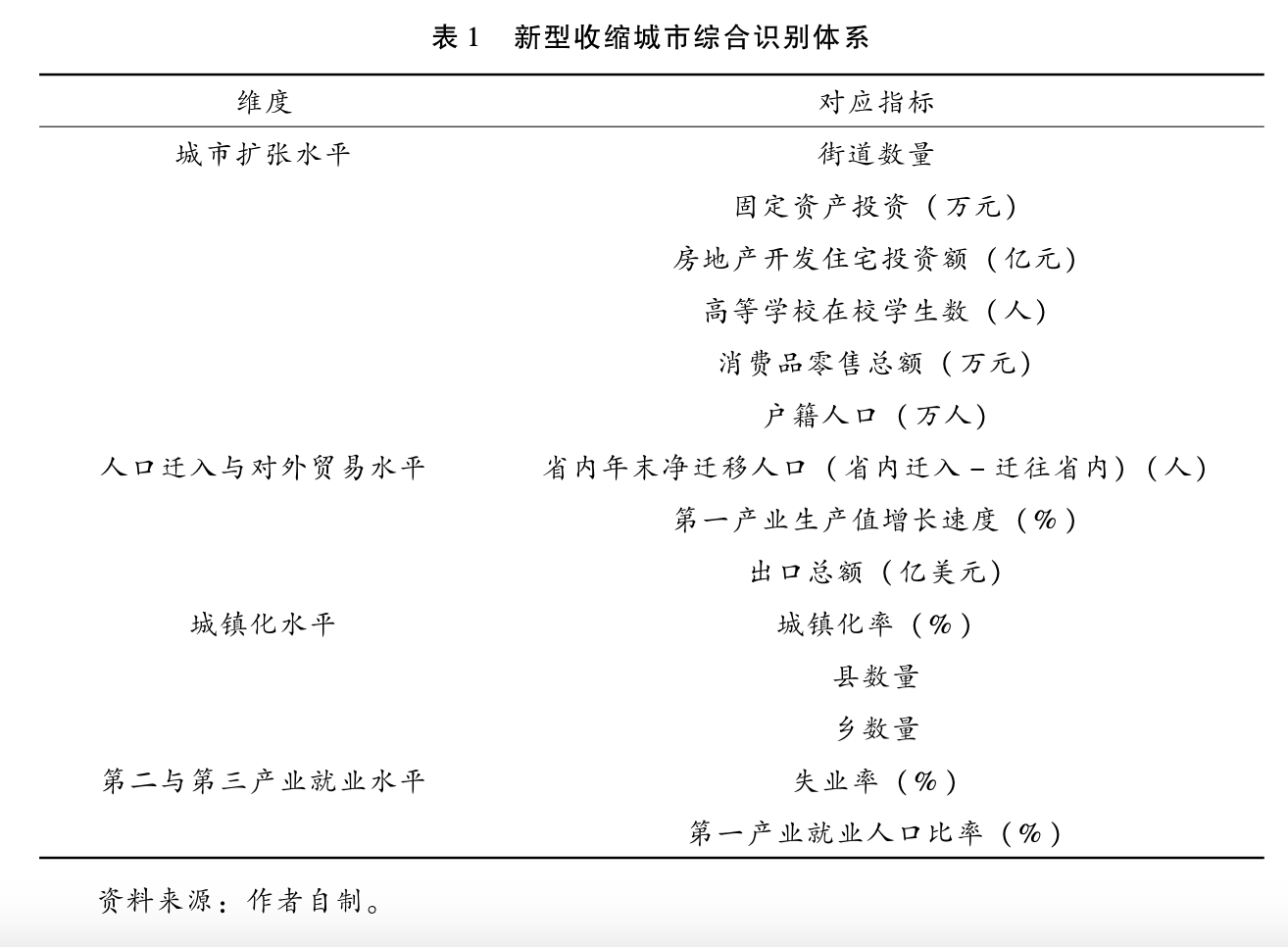
Research on Shrinking City Identification Based on Unsupervised Learning Method--A Case Study of 9 Prefecture-Level Cities in Guangdong-Hong Kong-Macao Greater Bay Area
Zixuan Han, Kangjun Peng, Jianing Mi, Xiang Chen
Journal of Public Administration(公共行政评论) 2020 CSSCI
Urban shrinkage has become a global, local, complex, and multidimensional phenomenon, gaining increasing attention. This study examines nine prefecture-level cities in the Guangdong-Hong Kong-Macao Greater Bay Area (GBA) across economic, population, spatial, and administrative dimensions. Using 2008–2017 panel data and DMSP/OLS nighttime light data, a framework of 44 indicators is established to identify shrinking cities.Through K-means clustering and factor analysis, the study categorizes cities into four types: "population-loss shrinking cities" (Zhaoqing, Jiangmen, Huizhou), "comprehensive expansion cities" (Shenzhen), "spatially stable expansion cities" (Guangzhou), and "stable cities" (Zhuhai, Zhongshan, Dongguan, Foshan). Urban shrinkage in this region is driven by natural constraints, weak policy support, inadequate infrastructure, and demographic shifts.
Research on Shrinking City Identification Based on Unsupervised Learning Method--A Case Study of 9 Prefecture-Level Cities in Guangdong-Hong Kong-Macao Greater Bay Area
Zixuan Han, Kangjun Peng, Jianing Mi, Xiang Chen
Journal of Public Administration(公共行政评论) 2020 CSSCI
Urban shrinkage has become a global, local, complex, and multidimensional phenomenon, gaining increasing attention. This study examines nine prefecture-level cities in the Guangdong-Hong Kong-Macao Greater Bay Area (GBA) across economic, population, spatial, and administrative dimensions. Using 2008–2017 panel data and DMSP/OLS nighttime light data, a framework of 44 indicators is established to identify shrinking cities.Through K-means clustering and factor analysis, the study categorizes cities into four types: "population-loss shrinking cities" (Zhaoqing, Jiangmen, Huizhou), "comprehensive expansion cities" (Shenzhen), "spatially stable expansion cities" (Guangzhou), and "stable cities" (Zhuhai, Zhongshan, Dongguan, Foshan). Urban shrinkage in this region is driven by natural constraints, weak policy support, inadequate infrastructure, and demographic shifts.